On cold winter mornings the bulbuls come squawking their full-throated calls as they swoop onto bird-feeders, their white-tipped gray breast feathers appearing frosted by the chill.
There, they will eat bread crusts and seeds — or halved mikans given a chance — but in the forest they are omnivores. Superficially somewhat thrush-like, these birds that grow to about 28 cm in length have longer bills and tails than the average thrush — and they are much more conspicuous in the urban, suburban and rural environment than any of the thrushes found in Japan.
If you have ever been rudely awakened in the early hours of the morning by loud, seemingly protesting cries of "shreep-shreep" outside your window, then your natural alarm clock is most likely a Brown-eared Bulbul — a hiyodori in Japanese.
One derivation of the name hiyodori is that it is onomatopoetic, from the bird's "hi-yo hi-yo" calls. Another derivation dates from the Heian Period (794-1185), when barnyard millet (hie) was a common crop for which this type of bird (tori) appeared to have a particular liking. Court nobles of the period would keep these birds as pets because they were (and are) sociable and easy to feed, and at that time it's said the name morphed from hie-dori to hiyo-dori.
Though it might be easy to dismiss bulbuls as rowdy avian neighbors, a closer look reveals an attractive bird that is mostly olive-brown frosted with pale shades of gray. The feathers of the crown, neck, throat and breast are finely pointed and, when fluffed out in cold weather, they stand apart from one another as if the bird is having a bad-hair day.
However, these birds' most distinctive visual feature, and the one that gives them their English name, are the bold, chestnut- brown crescents that sweep round the face like a pair of commas from behind the eye down onto the sides of the cheeks. Broadest behind the eyes, these taper to fine streaks either side of the throat, where they make the lighter-colored feathers of the chin look like a pale bib.
The birds' deep-brown eyes appear notably perceptive, while their slender, straight black bills are effective tools; together they make the species highly effective at berry-plucking and bug-hunting. It is hardly a stretch of the imagination to say that, in ecological terms, Brown-eared Bulbuls are among the most important birds in Japan — despite them being so frequently ignored.
Although solitary and territorial during their early summer breeding season, once that's over the families begin to move. The small units of four to seven birds coalesce steadily into larger and larger groups. Then, in flocks that may number in the dozens or hundreds, they migrate.
Especially seen from headlands or capes, these seemingly choreographed flocks present an impressive sight. Characteristically flying closely together in an undulating manner, their wings appear to flicker almost in unison in rapid flaps interspersed with the briefest of glides.
However, whereas many birds you'll see in Japan make mega-migrations, disappearing from one season to the next, bulbuls are an anomaly. Unlike the swans that appear from the north only in winter, or the warblers and flycatchers that spend summer with us before heading off back to warmer climes, bulbuls are different.
I call these likeable birds island-hoppers because, in any one area of Japan, you will likely find the species present year-round — although those there in different seasons will actually be different individuals.
For instance, bulbuls that breed here in Hokkaido where I live head south in autumn to parts of northern Honshu. For a while in mid-autumn we seem without any, but then suddenly they are "back," as birds breeding further north move in and remain with us for the winter. Meanwhile, populations futher south move on, only to be replaced by their northern cousins. So each one in turn replaces the next.
In spring and summer, bulbuls eat many different insects, but during autumn and winter they are marauders that scan forests, woodlands, parks and urban streets for shrubs and trees whose berries they can harvest — often descending mob-handed to strip them bare.
Winter-flowering camellias (sazanka in Japanese) are another source of sustenance for bulbuls, which plunge their beaks deep into the red blooms to feast from their deep reservoirs of sugary nectar. As they come up for air from between the petals, their faces are finely dusted with yellow pollen in a clear example of evolutionary symbiosis.
That's because these nectarivores are not just daylight robbers; the rich aviation fuel they take from the plant is actually a reward for performing a fertilization service, carrying their face-dusting of pollen to their next flowery feast — like a lipstick kiss transferred between lovers.
Although bulbuls may not always be beloved by farmers, as their feeding frenzies sometimes inflict damage on orchard and field crops, they are true friends of the forest — and may be crucial in its survival during times of climatic change.
That's because many birds help plants by dispersing their seeds through droppings — a "service" fostered by plants that offer them attractive fruit, or nectar-bearing flowers, in return for their own reproductive reward. Plants, after all are immobile, so who better to enlist as delivery workers than the highly mobile birds?
Meanwhile, every rich package of fruit contains seeds. The avian factors that affect how effective a bird species is as a dispersal agent include how far they move, and in which seasons, and how wide is their gape.
Small birds, with small bills, such as the Japanese White-eye, can only open their mouths sufficiently to swallow small fruits; faced with larger fruits they will likely just peck at the flesh and so do nothing of use in return for the plant. Larger birds, with larger bills and gapes, such as the Brown-eared Bulbul, can open their bills wide and swallow a greater range of large, medium and small fruits.
Once swallowed, the fleshy fruit provides energy, while the seeds they contain are carried in the bird's gut until they are evacuated in their droppings or coughed up if they are particularly large.
Short-distance migrants such as bulbuls, which hop from island to island, serve to spread plant seeds through the forest, so aiding the reproductive dispersal of a wide range of shrubs.
In temperate regions of Europe, North America and Japan, researchers have found that one characteristic event is the correspondence between certain plants' fruiting periods and seasonal variations in the abundance of dispersal agents — in particular, birds.
Hence, in cool temperate forests many plants with fleshy fruit produce it just as large numbers of frugivorous birds migrate south. Conversely, in southern warm temperate forests, fruiting periods occur in late autumn and winter, coinciding with the arrival of large populations of frugivorous birds for the winter.
Research in central Honshu has shown that the numbers of fleshy fruits fluctuate during the summer, but increase rapidly during early September before peaking in late October and mid-November. After that, the number of species producing fruit declines from late November onward, and remains low during winter.
The significant time correlation between numbers of fruiting plant species and numbers of frugivorous birds comes as no surprise — and a crucial frugivorous species is the somewhat demonstrative Brown-eared Bulbul.
Give a thought then, when next you are awoken in the wee small hours at the first hint of dawn, that the very vocal bulbul is actually a "good thing" with clear bragging rights when it comes to being an important seed-dispersal agent. Indeed, one study found that bulbuls were able to consume fruits from 53 wild woody plant species, from 24 different families of plants.
Moreover, as their island-hopping also allows them to disperse seeds from fruits in one patch of habitat to the next, at times of rapid climate variations they may become the salvation of forest plants unable to disperse and keep up with change in any other way.
Mark Brazil has written "Wild Watch" for more than 30 years. He also organizes and leads wildlife, birding and photographic excursions around Japan. His latest book, "The Nature of Japan: From Dancing Cranes to Flying Fish," is available from www.japannatureguides.com or from the Junkudo Ikebukuro bookshop in Tokyo.



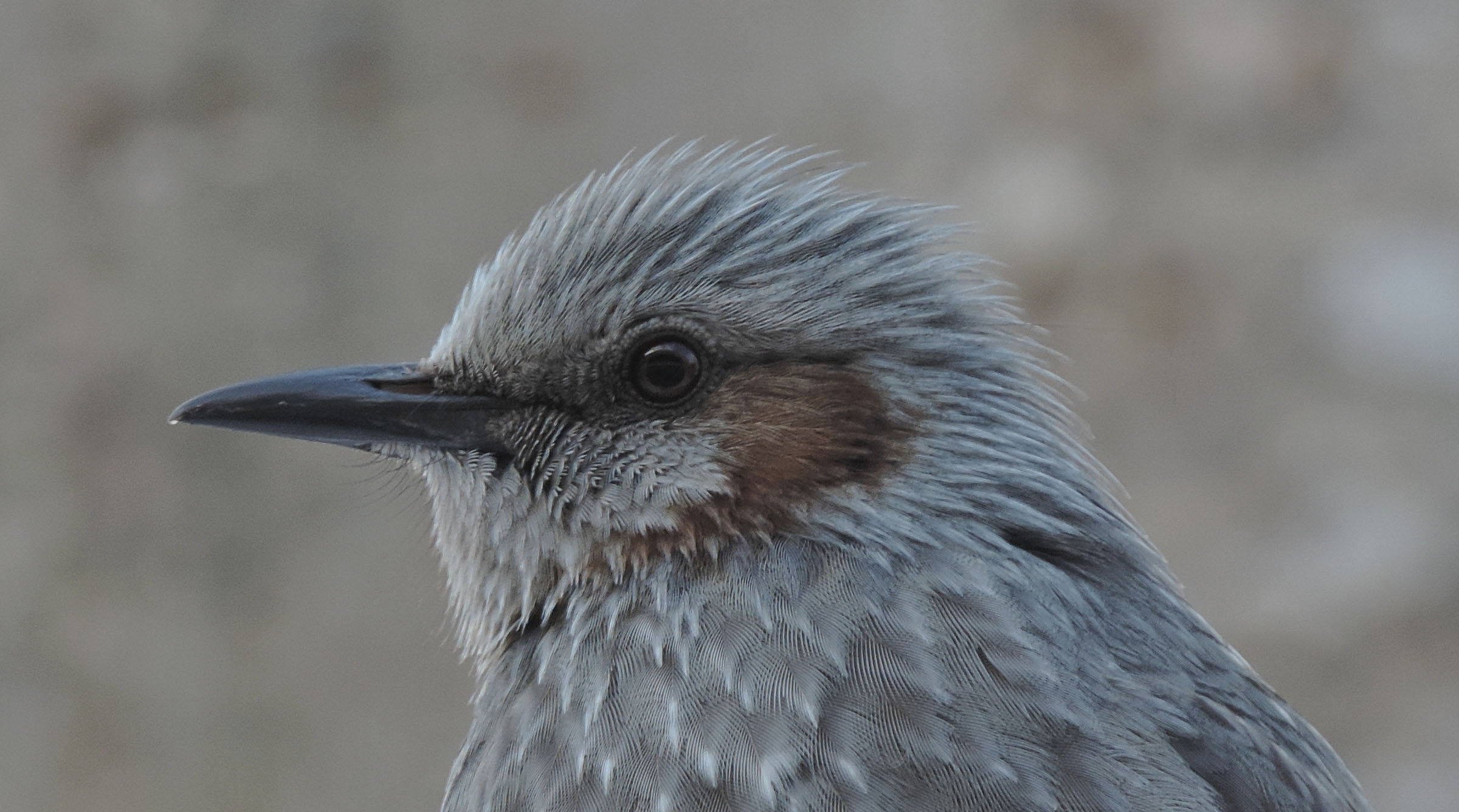
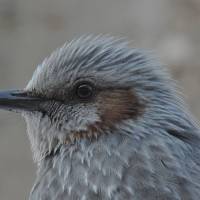
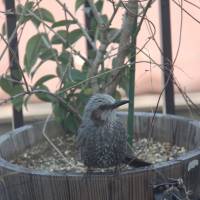
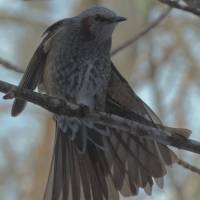
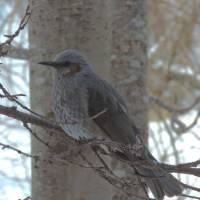














With your current subscription plan you can comment on stories. However, before writing your first comment, please create a display name in the Profile section of your subscriber account page.